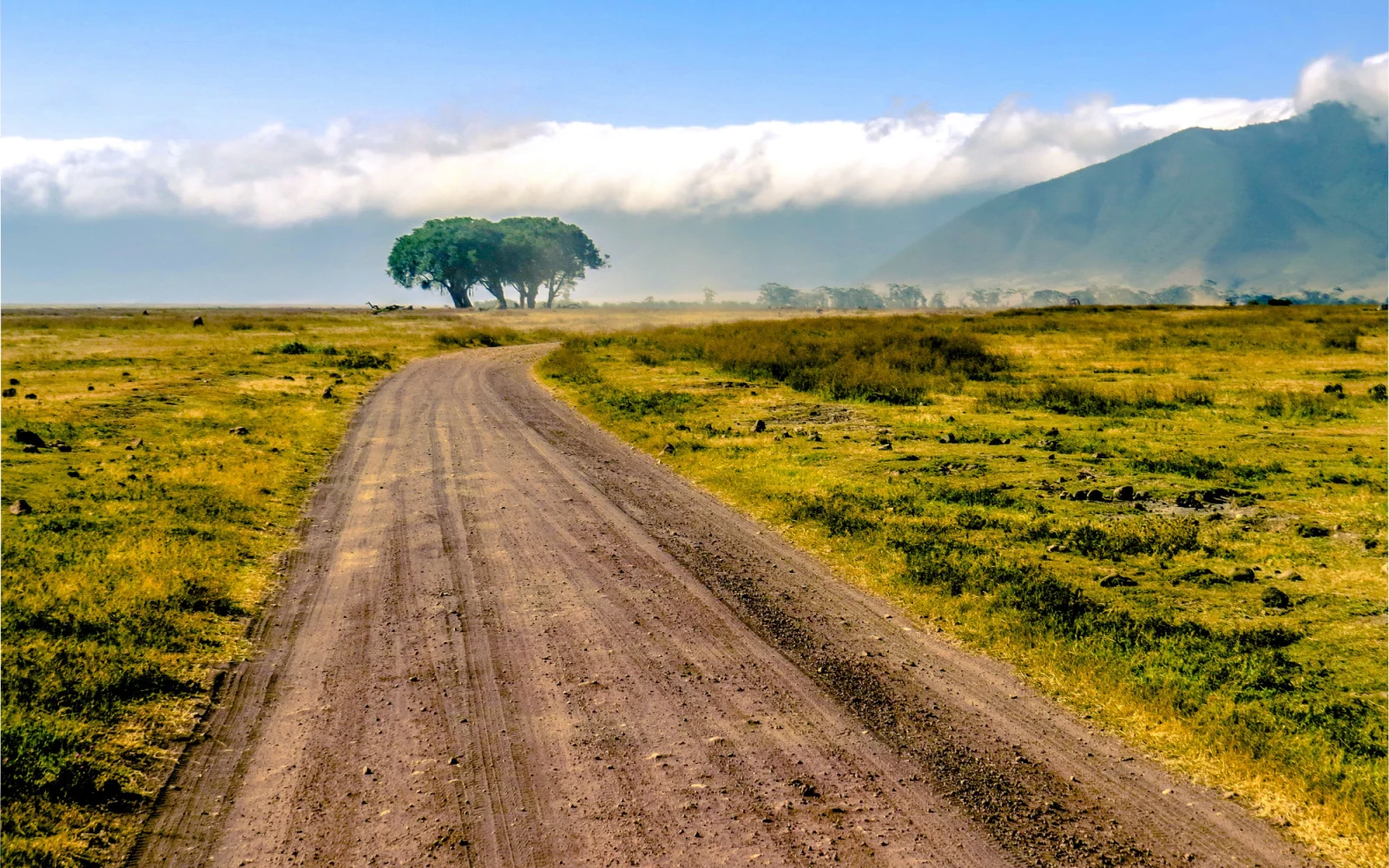“Karibu sana Tanzania!” That’s Swahili for, “Welcome to Tanzania!” and, if you’re an adventurous spirit, you may have wondered what it’s like to hear those words.
There’s a lot in Tanzania to be welcomed to, including the wildlife of Serengeti National Park, the snow-capped peaks of Mt. Kilimanjaro, the shores of Lake Victoria, the beaches of Zanzibar and the bustling urbanity of the largest city, Dar es Salaam.
However, you may have wondered if this African dream vacation is one that fits your budget. Tanzania is a long way to fly, and it’s a big country with its attractions spread throughout the land.
Just how much, you might be asking, does a trip to this picturesque country cost? It depends, of course, on when you go, where you stay, whether you treat yourself to a safari and how luxurious that safari is.
We’ve taken a look at some of the expenses you might incur during your Tanzania vacation, and here are some pointers on what an average trip might cost and on how you can choose to either save money or indulge yourself.
Read to dive in? So are we — let us be your guide!
Average Trip to Tanzania Cost in 2025
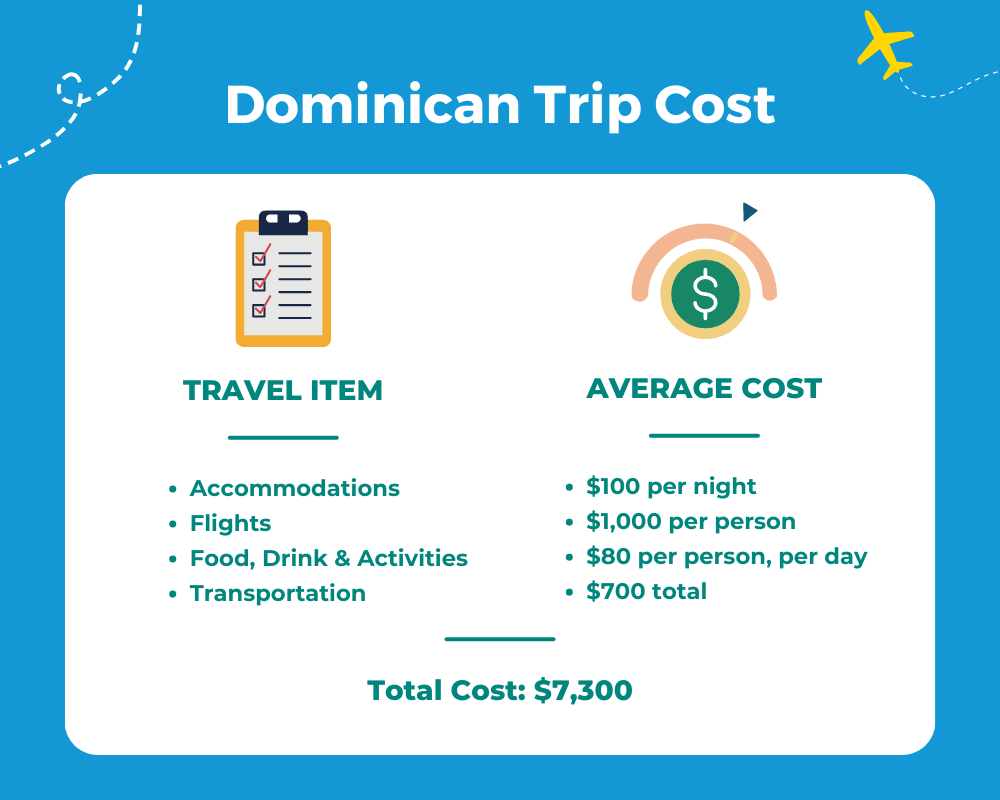
A seven-day trip to Tanzania for two people, including two days on safari, will cost around $7,400:
- Average Accommodation Cost: $100 per night
- Safari cost: $1,000 per person
- Average Flight Cost: $1,600 per person
- Food, Drink & Activities: $80 per person, per day
- Transportation: $700
- Total Cost: $7,400
Our estimate includes two days on safari and five days of other accommodations and meals. Renting a vehicle for a self-guided park tour is a safari alternative.
Once you’ve bought your plane ticket, you can spend significantly less than this amount if you stick to budget hotels or hostels, local food, and self-guided tours.
Tourists from the U.S. will need a $100 Tanzania visa, valid for 90 days. If you’re visiting other countries in the region, it’s better to obtain an East Africa visa.
Tanzania’s climate can be divided into four seasons:
- Late June to mid-October: long dry season. Temperatures are mildest and there’s little rain, but it’s also the peak tourist season with more crowds and higher prices. Many come for the Serengeti wildebeest migration in June and July.
- November and December: short rainy season. Rainfall is frequent but short and usually happens at night. Temps start to rise.
- January to March: short dry season. This is the season with infrequent rain, slightly lower prices and good weather. However, it’s also the hottest time of year.
- Mid-March to late May: long rainy season with heavy afternoon downpours and high humidity. Travel from late March to early May is likely to disappoint.
Many safaris and lodges do not operate during the long rainy season.
Tanzania Trip Cost: Average by Item
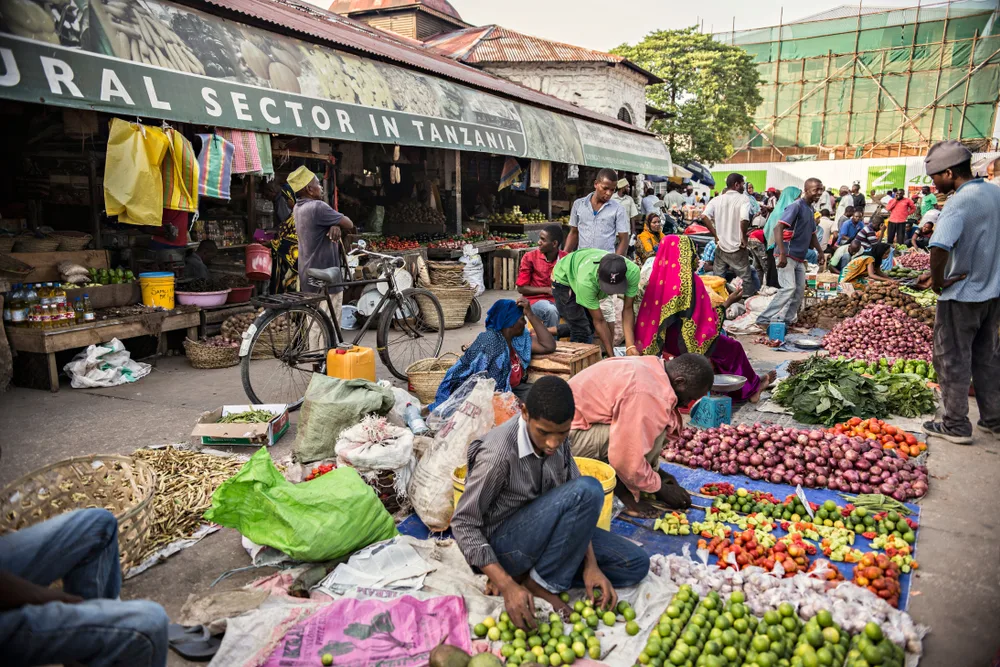
STONE TOWN, TANZANIA – January 2018: Overcrowded local fruit and vegetable market with lots of sellers and buyers in Stone town, Zanzibar, Tanzania/Sun_Shine/Shutterstock
Accommodation Costs
A survey of over 700 hotels in Tanzania shows the average price to be $102 and the median to be $68. There are luxury hotels in Dar es Salaam that run $300 and up and budget hotels in many parts of the country that average $35.
For a hotel that’s rated as “mid-range,” the average price is $100 and the median is $90. If you choose to spend the night at a lodge inside a national park, prepare to pay.
It might be $400 for a mid-range room and $150 just for a budget room. There are more reasonable options just outside the parks. For less expensive accommodations, Tanzania has hostels that are comparable to those found elsewhere in East Africa.
You might spend as little as $10 for a dorm bed in a common room or as much as $40 for a private room.
If you’re an adventurous soul who is willing to camp outside of the most protected areas, a site might be found for as little as $5. Many visitors will choose to spend some time on safari.
After all, that’s one of Tanzania’s main attractions. These might run about $200 a night for a bare-bones camping safari, $500 for a mid-range experience or $1,500 per night for luxury safari accommodations.
Flight Costs
As with most distant destinations, bargain flights exist, but it’s hard to find one that fits your agenda. While Kayak has reported trips from the U.S. at under $500, more realistic averages are $1,500 from the East Coast, $1,700 from the Midwest and $1,800 from the West Coast.
September through November have the cheapest flights and June through August the most expensive. There are no direct flights. The average total flight time from North America is 20-25 hours.
Most planes land at Julius Nyerere International Airport in Dar es Salaam or Kilimanjaro International Airport near Arusha. An alternative is to fly into Nairobi, Kenya, and bus to Arusha.
Food, Drink & Activity Costs
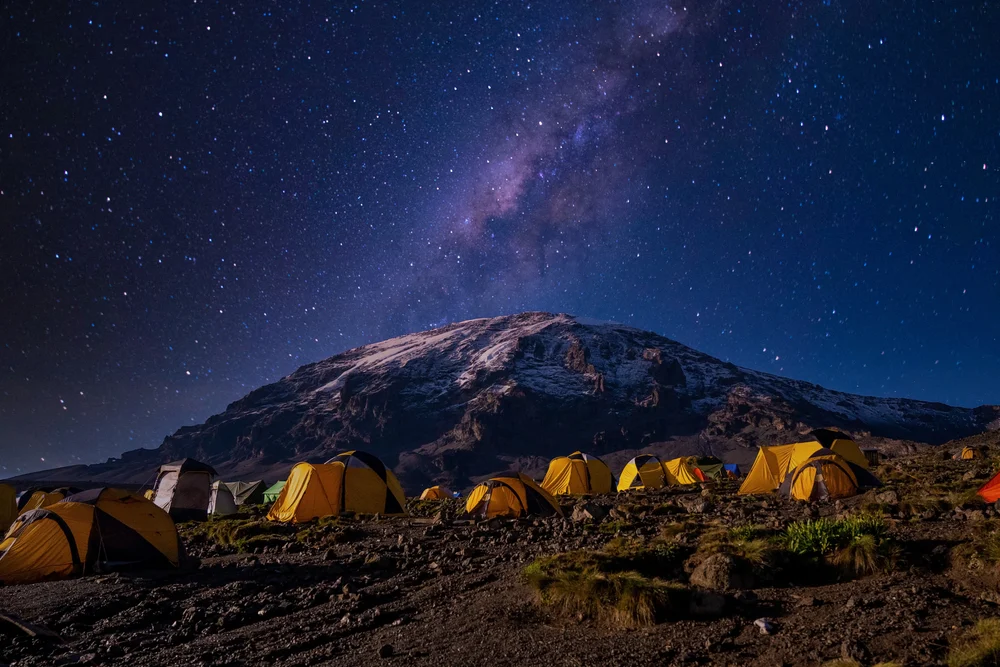
RAW-Films/Shutterstock
Tanzania abounds in fresh fruit and vegetables at ridiculously low prices. Mangoes and avocados cost a fraction of a dollar. If you stick to local food, you can eat for about $10 a day or less.
Local favorites include mshikaki (marinated beef), nyama choma (grilled meat), ugali (cornmeal paste), spicy rice, beans, mtori (plantain and beef soup) and mchicha (vegetable stew). Coffee is popular and the quality is good.
You can start a day off with coffee and a doughnut-like pastry called mandazi. A western meal in a restaurant might cost $15-$20. A normal tip is 5-15 percent.
In general, tap water is not safe to drink; plan on bottled water or other beverages. With a mix of local and western food, you might spend $25-$30 a day. A major activity in Tanzania is visiting the spectacular national parks.
Serengeti National Park, in the north, is the most famous. You might see lions, giraffes, elephants and cheetahs. The southern parks are less crowded but still well worth the trip. Park daily entrance fees run from about $50-$100, and there are options for hikes and day trips.
For many tourists, however, a Tanzanian safari is an experience not to miss. As we mentioned, the trek can run anywhere from $200 per person per night to $1500 or more, depending on the park and the level of accommodations.
The best bargains are available in the north, where several parks are close together. The southern route is farther from the crowds and tends to be pricier.
Most of these southern journeys originate in Dar es Salaam, a cosmopolitan city where you’ll probably want to spend a day or two.
While you’re there, don’t pass on a trip to Zanzibar, a gorgeous island paradise with lustrous beaches. The ferry ride is $35 per person each way. You can scuba, snorkel and swim with the dolphins.
Zanzibar is also known for its spices, and you may want to pencil in a spice tour. Another world-famous option is Mt. Kilimanjaro.
You can take a day hike near the base, but if you plan to climb the mountain, it’s expensive and takes some planning. Supported treks run at least five days – seven is more typical – and you can expect a cost of $1,800 to $2,400 per person.
Transportation Costs
When you are traveling within a city, there are dirt-cheap options if you don’t mind a little adventure. One choice is the dala dala, the Tanzanian public minibus. They comfortably fit 8-10 people, but comfort is not a priority.
They’ll squeeze in as many people (and animals!) as they can. They travel frequently and can cost as little as 25 cents. A boda boda is a motorcycle taxi.
You may have to learn a little Swahili so you can negotiate. For most rides, you shouldn’t pay much more than a dollar. Taxis are expensive by Tanzanian standards. Rides within a city might cost from $8-$20.
It’s best to stick to cabs that are recommended by your hotel or tour guide. For travel between cities, planes are affordable. One-way trips between Dar es Salaam and other cities can be had for $50-$100.
You might find a hop from Das es Salaam to Zanzibar that’s competitive with the ferry price. If you want to strike out on your own, there’s car rental.
Self-driving tours are permitted in most parks, including Serengeti. As you might expect, you’ll want a rugged vehicle. Driving during the day is reasonably safe, but night driving is not recommended for tourists.
There are often people and animals on the roads. Kayak reports rental cars from $35-$80 a day and sometimes more. Gas is around $4-5 per gallon, and stations are infrequent once you leave the populated areas.
Smart rural travelers carry a gas can and top off every chance they get. Tanzanian drivers also drive on the left side of the road.
Things to Consider
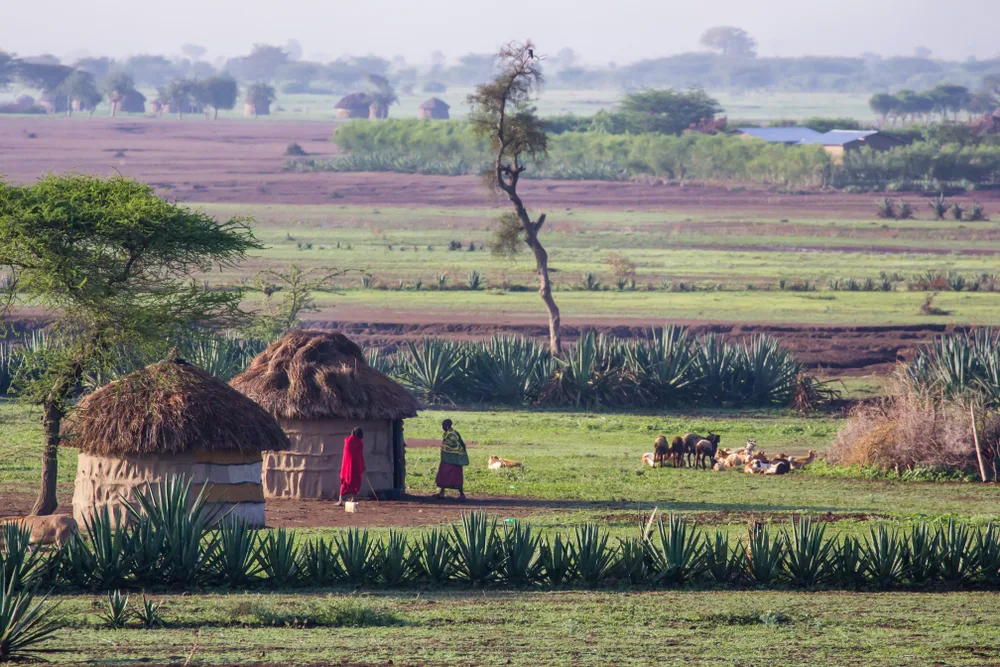
Aymeric Bein/Shutterstock
Tanzanian culture is different from North American and European, and it’s important to be aware of the differences:
- The Tanzanian economy is a cash economy. Foreign credit cards are accepted only at upscale hotels and restaurants. ATMs are widely available and Western currency can be readily exchanged for Tanzanian shillings. Most tour operators and many accommodations accept dollars.
- Public modesty is expected. Physical affection in public is unacceptable. Short skirts and tank tops for women, and short pants for either sex, are offensive to many Tanzanians. Exceptions are Zanzibar beaches, and also safaris, where shorts may be worn.
- Tanzania is not an LBGTQ-friendly country. Gay sex is illegal and punishable by imprisonment.
- As in many traditional cultures, the right hand is considered “clean” and the left hand is unclean, suitable only for the bathroom. Extend only the right hand to a Tanzanian.
- Be discreet when taking pictures. Snap all the wildlife and scenery you want, but know that it’s illegal to photograph military installations, hospitals, schools, industrial sites, airports and bridges. In remote communities, some people aren’t familiar with cameras. Ask permission before photographing them.
Frequently Asked Questions
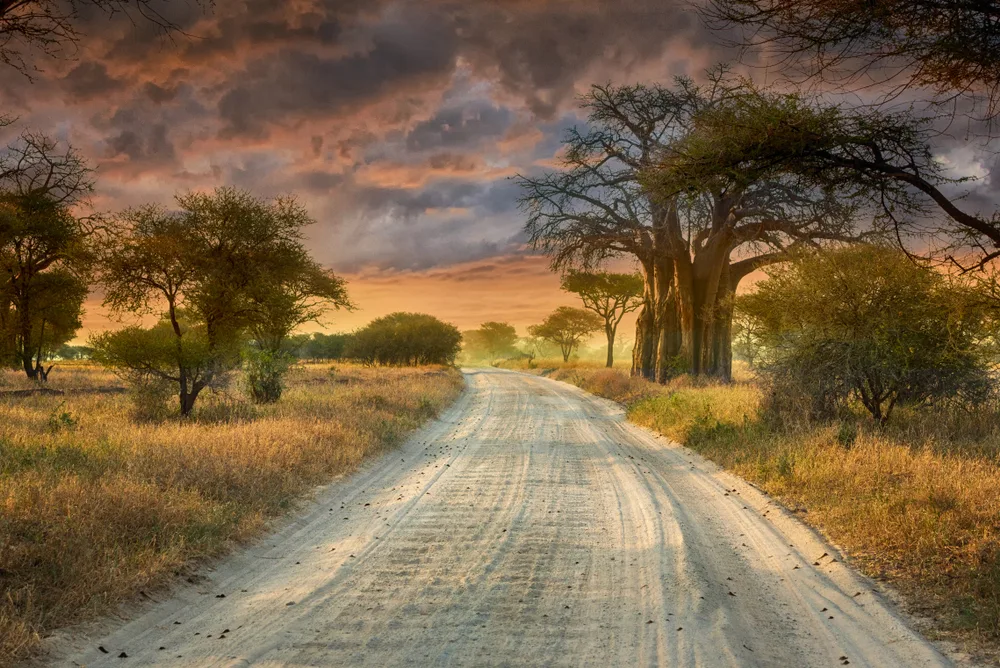
Suntichai Boottasen/Shutterstock
What language is mostly spoken in Tanzania?
There are over 120 languages in Tanzania, but the government chose Swahili as the national language in 1961. English is commonly spoken only in cities and tourist areas. A few phrases of Swahili will come in handy during your trip.
Why is Tanzania expensive?
First, for North Americans, it’s a long way to fly. Furthermore, Tanzania has attractions that no other country can offer, and their park entrance fees reflect that. Also, treks and safaris are inherently costly ventures. And it’s a big country with the attractions scattered throughout.
How many days are enough for Tanzania?
Anything less than a week is apt to feel like a whirlwind. Seven days are adequate, but if you want to take an extended safari, spend time in all national parks and perhaps tackle Kilimanjaro, 10 days to two weeks is better.
Is it safe for Americans to travel to Tanzania?
Overall, it’s a safe country. However, the U.S. State Department has issued a Level 2 advisory, which doesn’t discourage travel but suggests exercising caution. Avoid isolated areas and make use of hotel safes. Consider carrying a less expensive camera. Also, LGBTQ people may be targeted.
Are safaris in Tanzania safe?
Safaris are generally safe; however, theft from safari-goers is not unheard of. Again, your hotel safe is your best friend.
What vaccines do you need for Tanzania?
Hepatitis A, polio and tetanus should be up to date. Travelers should consider diphtheria, hepatitis B, meningitis, rabies and typhoid. High-risk individuals might consider cholera and yellow fever. As always, check with your doctor.
So, What Is the Average Cost for a Tanzania Trip?
Let’s recap the average cost of a trip to Tanzania:
| 🛎️ Average Accommodation Cost | $100 per night |
| ✈️ Average Flight Cost | $1,000 per person |
| 🍽️ Food, Drink & Activities | $80 per person, per day |
| 🚕 Transportation | $700 total |
| 💲 Total Cost | $7,300 |
Because of the costs of air travel, park entries, safaris and travel within the country, it’s hard to have a complete Tanzanian experience on the cheap.
However, if you’re an adventurous type who is willing to travel on your own and skip the big ticket items, you may be able to shave several thousand dollars off of this number.
So, with so much to see and do, and the ability to see this picturesque country on most budgets, what are you waiting for — book your trip and experience for yourself all that Tanzania has to offer!



